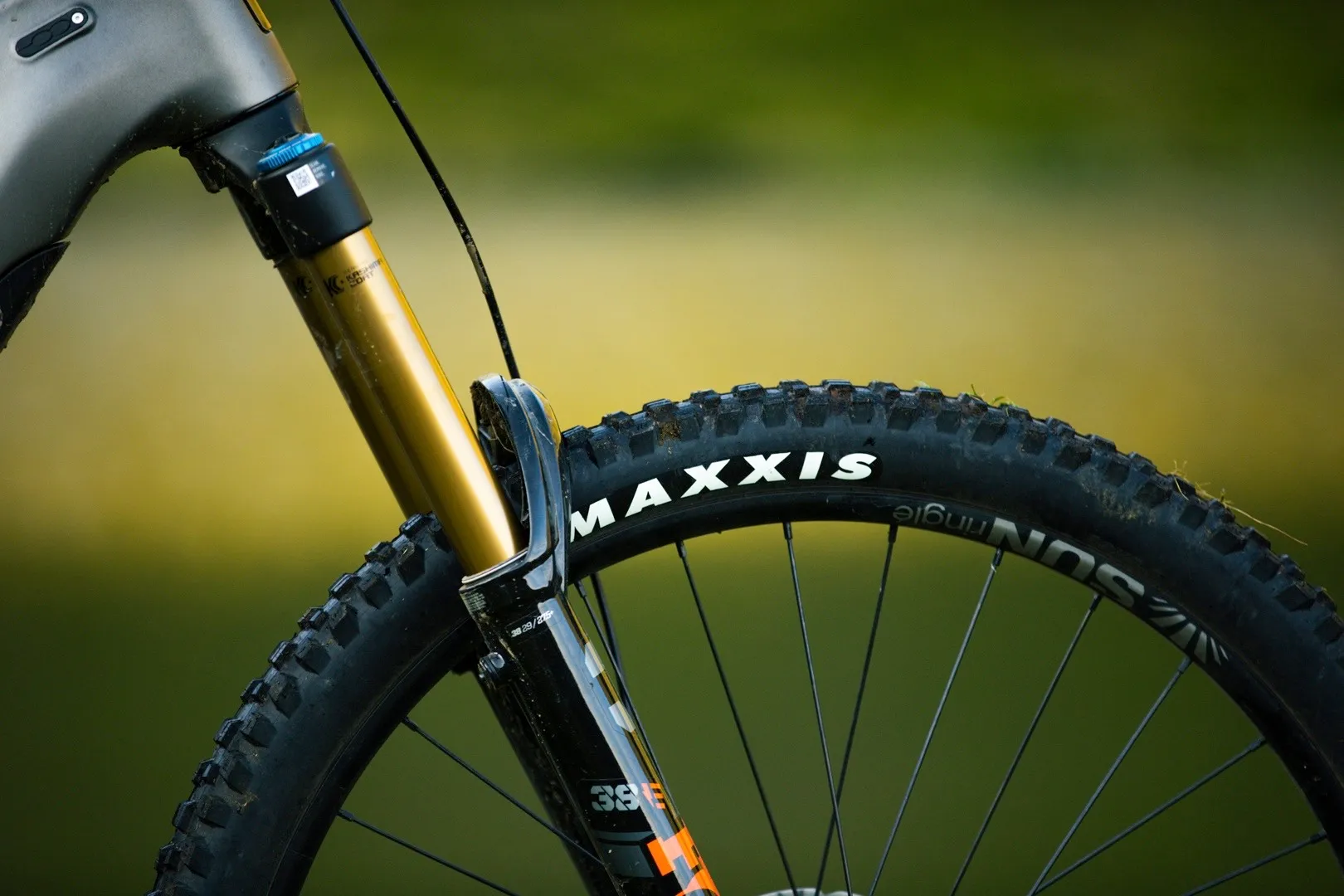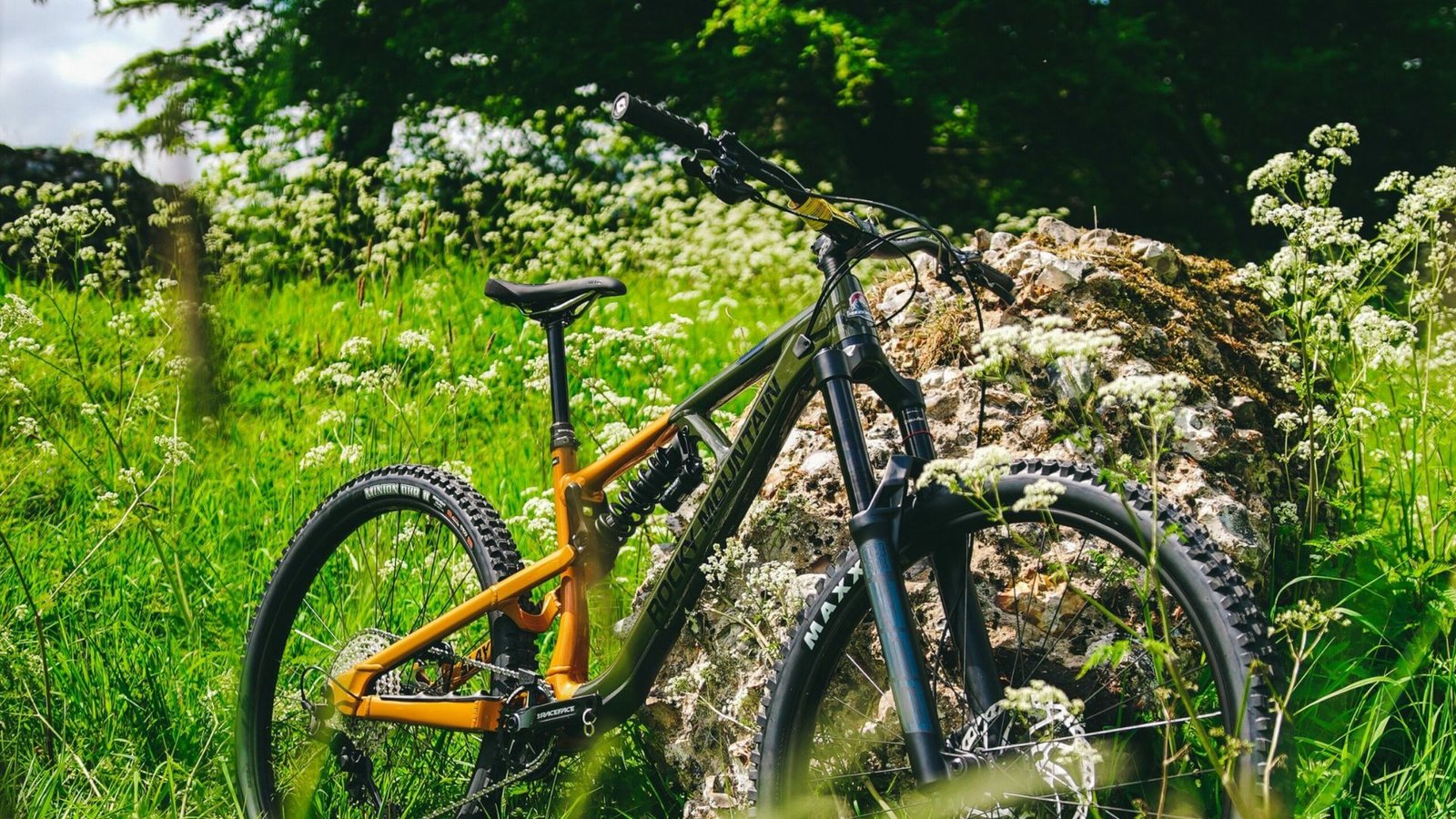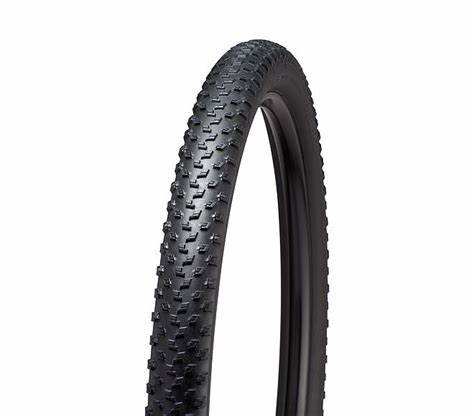Maintaining and tuning your mountain bike is essential for ensuring a smooth and enjoyable ride. Regular upkeep not only prolongs the life of your bike but also enhances its performance on the trails. Here’s a comprehensive guide to help you keep your mountain bike in top shape.
1. Clean Your Bike Regularly
Keeping your mountain bike clean is crucial for optimal performance. Dirt, mud, and grime can affect components like the chain, gears, and brakes. Here’s how to do it effectively:
- Gather Supplies: You’ll need a bucket of soapy water, a sponge, a soft brush, and a hose or water source.
- Rinse Off Dirt: Start by rinsing your bike with water to remove loose dirt. Avoid using high-pressure water as it can damage seals.
- Scrub Components: Use soapy water and a sponge to clean the frame, wheels, and components. A soft brush is ideal for hard-to-reach areas.
- Rinse and Dry: Rinse the bike thoroughly and dry it with a clean cloth to prevent rust.
2. Lubricate the Chain
A well-lubricated chain is vital for smooth gear shifting and overall bike performance. Follow these steps:
- Choose the Right Lube: Use a bike-specific lubricant that suits your riding conditions (wet or dry).
- Clean the Chain: Before applying lubricant, clean the chain with a degreaser and a rag.
- Apply Lube: Apply a few drops of lubricant to each link while pedaling backward to ensure even distribution.
- Wipe Off Excess: After a few minutes, wipe off any excess lubricant to prevent dirt accumulation.
3. Check Tire Pressure
Proper tire pressure is essential for optimal traction and control on different terrains. Here’s how to check and adjust it:
- Know Your PSI: Check the recommended pressure range (measured in PSI) printed on the tire sidewall.
- Use a Pressure Gauge: A pressure gauge can help you accurately measure tire pressure.
- Inflate as Needed: Use a bike pump to inflate tires to the recommended PSI, ensuring they are neither over nor under-inflated.

4. Inspect and Adjust Brakes
Brakes are crucial for safety on the trails. Regularly check their performance and make adjustments if necessary:
- Check Brake Pads: Inspect the brake pads for wear. Replace them if they are worn down.
- Adjust Brake Cable Tension: If your brakes feel spongy, you may need to adjust the cable tension using the barrel adjuster on the brake lever.
- Test Brake Functionality: Squeeze the brakes to ensure they engage smoothly and effectively.
5. Tune the Gears
Properly tuned gears make shifting smooth and efficient. Follow these steps for a quick tune-up:
- Check Cable Tension: Shift through all gears and listen for any skipping. If the chain skips, the cable tension may need adjusting.
- Adjust the Limit Screws: Limit screws prevent the chain from shifting beyond the largest and smallest gears. Adjust them if necessary to ensure smooth shifting.
- Lubricate Derailleurs: Apply a small amount of lubricant to the derailleur pivot points to keep them operating smoothly.
6. Inspect the Suspension
If your mountain bike has a suspension system, regular inspection and maintenance are essential for optimal performance:
- Check for Leaks: Look for oil leaks on the forks and shock. If you notice any, it may be time for a service.
- Adjust Air Pressure: If your bike has air suspension, ensure the air pressure is set according to your weight and riding style.
- Clean the Stanchions: Wipe down the fork stanchions with a clean cloth to remove dirt and debris.
7. Perform Regular Inspections
In addition to the above maintenance tasks, conduct regular inspections to catch potential issues early:
- Check Frame and Components: Look for cracks, dents, or any damage to the frame and components.
- Inspect Wheel Hubs and Spokes: Ensure the hubs spin freely and that spokes are tight and not broken.
- Look for Loose Bolts: Tighten any loose bolts on the bike, including those on the stem, handlebars, and seat.
8. Store Your Bike Properly
Proper storage can significantly extend the life of your mountain bike:
- Keep It Indoors: Store your bike indoors to protect it from the elements. If outdoors, invest in a quality bike cover.
- Avoid Direct Sunlight: Prolonged exposure to sunlight can damage components and tires.
- Elevate the Bike: Use a bike stand or hang it to prevent flat spots on the tires.
Conclusion
Regular maintenance and tuning of your mountain bike are essential for achieving optimal performance and safety on the trails. By following these tips and incorporating them into your routine, you can ensure that your bike remains in excellent condition and ready for any adventure. Happy riding!




